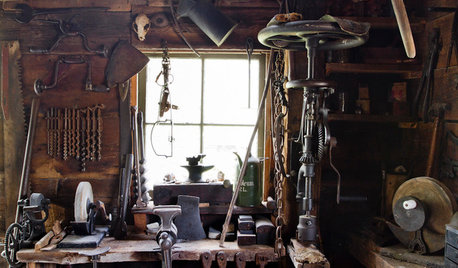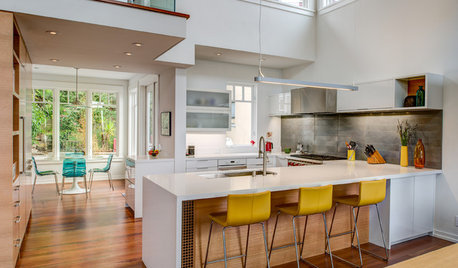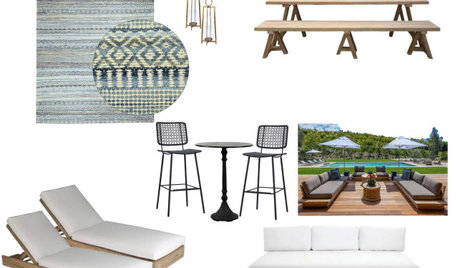Need help with 55 gal barrel filters
Tommie Henderson
9 years ago
Related Stories

HOUZZ TVHouzz TV: How to Install a Rain Barrel
This DIY tutorial shows how easy it can be to capture rainwater from your roof to use in your garden later
Full Story
GREEN BUILDINGHow to Harvest Rainwater for Your Garden
Conserve a vital resource and save money by collecting stormwater for irrigation in a barrel or tank
Full Story
EARTH DAYGrow a Beautiful Garden With Ecofriendly Greywater
Reducing home water waste means lower bills and a healthier planet. Here's how to set up a greywater home irrigation system that can help
Full Story
GREEN DECORATINGEasy Green: Big and Small Ways to Be More Water-Wise at Home
These 20 tips can help us all make the best use of a precious resource. How do you save water in summer?
Full Story
MATERIALSAre You a Maker? Show Us Your Favorite Tool or Material
Houzz Call: A tool or material can be a maker’s best friend. We’d like to see your favorite — and what it helps you achieve
Full Story
SAVING WATER6 Reasons Why You Should Save Your Rainwater Now
Collect and store during the rainy season so you’ll have water ready for irrigation when you need it
Full Story
INSIDE HOUZZHouzz Survey: See the Latest Benchmarks on Remodeling Costs and More
The annual Houzz & Home survey reveals what you can expect to pay for a renovation project and how long it may take
Full Story
GREEN BUILDINGWater Sense for Big Savings
Keep dollars in your pocket and preserve a precious resource with these easy DIY strategies
Full Story
KITCHEN DESIGNWhat to Know When Choosing a Range Hood
Find out the types of kitchen range hoods available and the options for customized units
Full StoryMore Discussions









zendog
Tommie HendersonOriginal Author
Related Professionals
Tempe Landscape Architects & Landscape Designers · Fillmore Landscape Architects & Landscape Designers · Foothill Ranch Landscape Architects & Landscape Designers · Mountain Brook Landscape Architects & Landscape Designers · Hartford Landscape Contractors · Maple Valley Landscape Contractors · Cary Landscape Contractors · Choctaw Landscape Contractors · Cordele Landscape Contractors · Danvers Landscape Contractors · Elmhurst Landscape Contractors · Holland Landscape Contractors · Lakewood Landscape Contractors · Medford Landscape Contractors · River Ridge Landscape Contractorszendog
waterbug_guy
Tommie HendersonOriginal Author
waterbug_guy